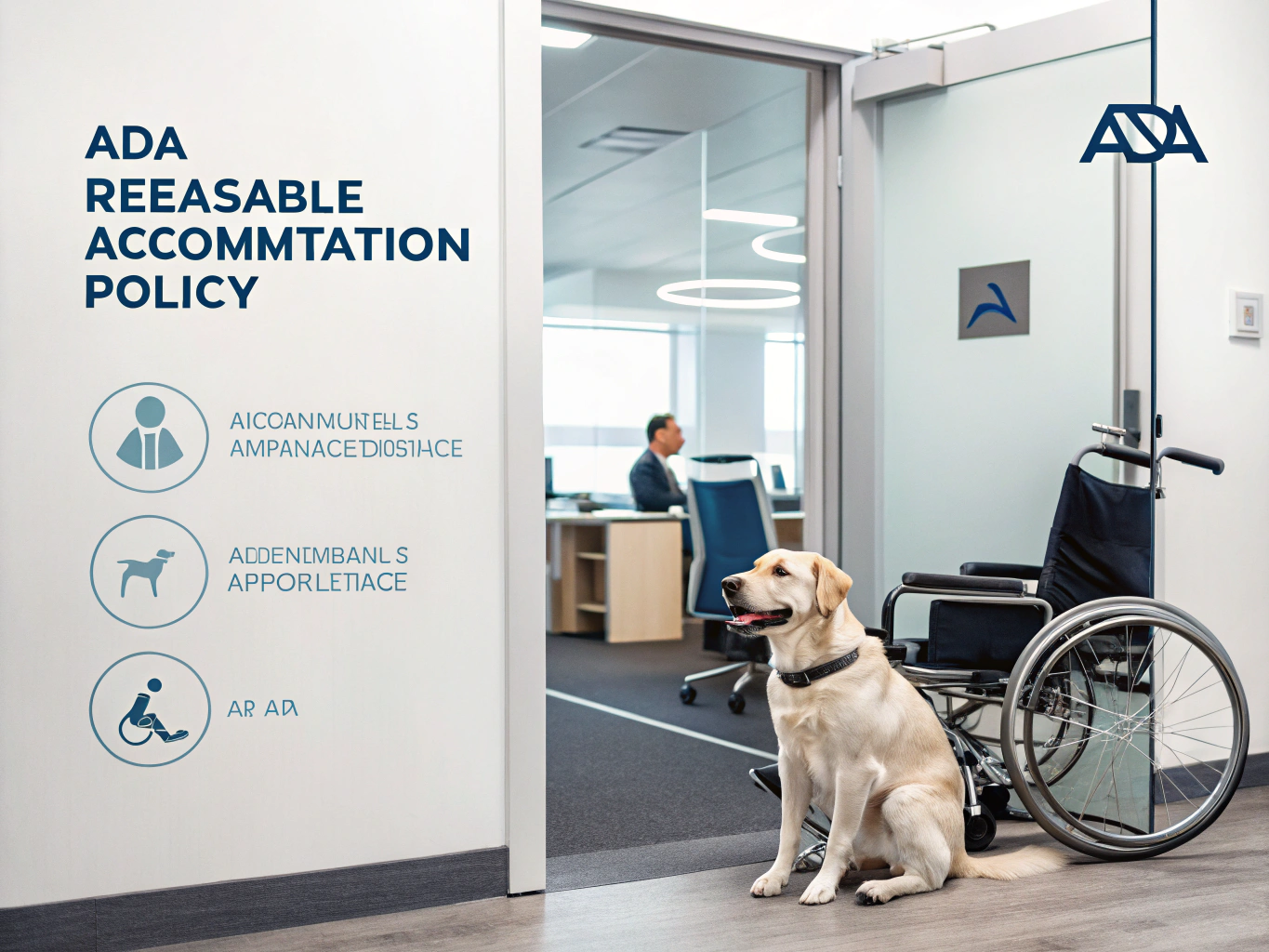Definition
Situational Leadership is a flexible leadership model that encourages leaders to adapt their style based on the unique needs and capabilities of their team members. Instead of sticking to one fixed approach, it empowers you to assess the situation and choose the best way to guide and motivate your team, making it a valuable tool in any workplace.
Key Components
Understanding Situational Leadership involves recognizing how different leadership styles can be applied depending on the team’s development stage. Here are the main elements to keep in mind:
- Four Leadership Styles: At the heart of this model are four distinct styles: Directing, Coaching, Supporting, and Delegating. Each style suits different levels of team competence and commitment. For instance, if you’re working with a new hire who is unsure of their tasks, a Directing approach will provide the clarity they need.
- Follower Readiness: This concept revolves around assessing your team members’ competence (their skills and knowledge) and commitment (their motivation and willingness). For example, a seasoned employee may need less guidance, allowing you to shift to a Supporting or Delegating style.
- Adaptability: The crux of Situational Leadership is flexibility. Being able to switch styles based on how your team is evolving is crucial. Think of it as tuning a musical instrument—sometimes you need to tighten the strings (Directing) and at other times, let them play freely (Delegating).
- Communication: Effective communication is essential to understand your team’s needs and to provide them with the right kind of support. Encouraging feedback can help you gauge whether your current leadership style is effective.
- Continuous Assessment: Situational Leadership isn’t a one-time assessment; it requires ongoing evaluation of both yourself and your team. Regular check-ins can help you determine if your leadership approach is still relevant or if adjustments are necessary.
Importance in the Workplace
Implementing Situational Leadership can transform your workplace culture, fostering a more engaged and productive environment. For example, imagine managing a project team with varying levels of experience. By applying the appropriate leadership style, you can ensure that each team member feels valued and supported. A new employee might thrive under a Directing style, while a veteran could excel when given the freedom to make their own decisions. This approach not only maximizes individual potential but also enhances team morale and productivity.
Best Practices
To effectively implement Situational Leadership in your organization, consider the following best practices:
- Assess Your Team Regularly: Conduct regular assessments of your team members’ skills and motivation. For example, use informal check-ins or performance reviews to gauge their readiness and adjust your leadership style accordingly.
- Encourage Open Dialogue: Create an environment where team members feel comfortable sharing their thoughts. Ask for feedback about your leadership style and be willing to adapt based on their input.
- Provide Development Opportunities: Invest in training and development programs tailored to different skill levels. For instance, offer workshops for new hires while providing advanced training for experienced staff.
- Recognize Achievements: Celebrate both small and big wins to boost morale. Acknowledging efforts can enhance commitment, making it easier to transition to a Supporting or Delegating style.
- Stay Flexible: Be prepared to change your approach as team dynamics evolve. A project that starts with a Directing style may shift to Delegating as team members gain confidence and competence.
Legal Considerations
While Situational Leadership itself doesn’t have direct legal implications, it’s important to consider workplace laws and regulations regarding employee treatment and fairness. For instance, ensuring that all team members receive equitable support and opportunities for growth is essential to avoid potential discrimination claims. Additionally, being aware of labor laws regarding training and employee development can help maintain compliance while fostering a positive leadership environment.
Conclusion
Understanding and implementing Situational Leadership can significantly enhance your effectiveness as a leader. By recognizing the varying needs of your team and adapting your approach accordingly, you create a more motivated, engaged, and productive workforce. Remember, great leadership is not just about directing—it’s about empowering your team to thrive in their roles. So, embrace the flexibility of Situational Leadership and watch your workplace flourish!




